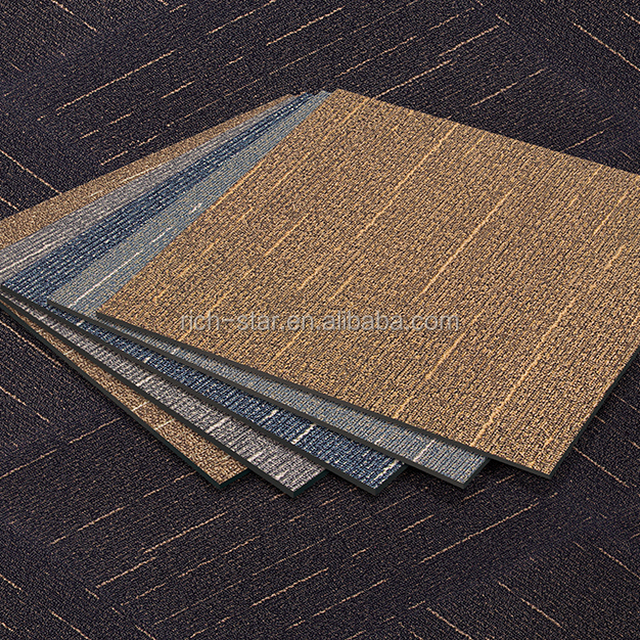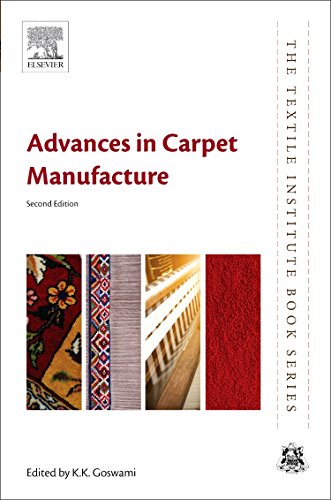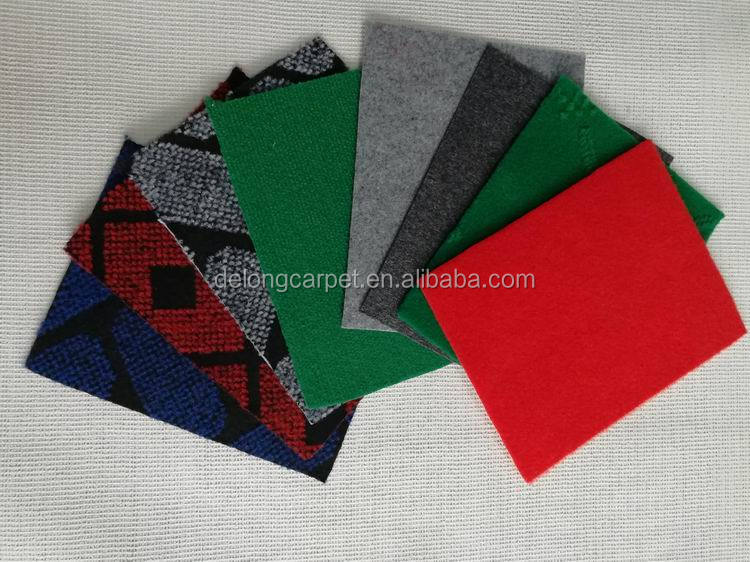The Importance of Carpet Padding
Carpet padding is an essential component for any carpet installation. It provides a layer of cushioning between the carpet and the hard surface below, creating a softer, more comfortable walking surface. In addition, carpet padding helps to reduce noise and provides insulation, keeping floors warmer in the winter and cooler in the summer. Moreover, it adds padding to protect the joints and bones from impact, reducing the risk of injury in case of a fall. Finally, carpet padding also enhances the appearance and feel of the carpet, providing a luxurious and comfortable environment.
Carpet padding, often overlooked in the planning and installation of carpeting, is a crucial element that significantly impacts the overall performance and lifespan of a carpet. This article delves into the role and importance of carpet padding in ensuring the longevity and performance of a carpet, while also discussing the different types and materials used for padding.
Firstly, it is essential to understand what carpet padding is. In simple terms, it is a layer of soft material placed between the carpet and the substrate (such as concrete or wood) to provide cushioning and support. The primary function of padding is to reduce the impact on the substrate from heavy footfall, providing a layer of protection that can also reduce noise.
The role of padding becomes evident when considering its impact on a carpet’s lifespan. Without padding, a carpet would be directly exposed to the hardness of the substrate, leading to premature wear and tear. Padding not only enhances the lifespan of the carpet but also improves its performance, ensuring that the carpet remains soft and comfortable underfoot for longer.

The selection of the right type of padding material is also crucial. Different materials offer varying levels of support and cushioning, each with their own set of advantages and disadvantages. For instance, some padding materials are made from foam, offering excellent cushioning but may not be as durable as other options. On the other hand, some higher-end padding options use denser materials like high-resilience (HR) foam, providing both support and durability.
Another vital consideration is the thickness of the padding. While thicker padding may offer more cushioning, it may also increase the height of the carpet, affecting the overall aesthetic. Thin padding, on the other hand, may not provide sufficient support, leading to premature wear. Therefore, striking a balance between cushioning and support is crucial during the planning stage.

Moreover, carpet padding plays a significant role in reducing noise pollution, especially in high-traffic areas or homes with young children. The added layer of padding helps absorb impact sounds, reducing noise transmission to other areas. This can significantly enhance the overall living experience, providing a quiet and comfortable environment.
However, it is essential to note that while carpet padding offers numerous advantages, it also requires maintenance and care. Over time, padding can compact and lose its original thickness and elasticity due to heavy use or exposure to sunlight. This can affect the performance and lifespan of the carpet, highlighting the importance of regular maintenance and replacement of padding as needed.

In conclusion, carpet padding is a crucial component that significantly impacts the performance and lifespan of a carpet. From providing cushioning and support to reducing noise pollution, it plays a vital role in enhancing the overall living experience. However, it is essential to carefully select the right type and thickness of padding material based on individual needs and budgets, while also considering its long-term maintenance and replacement.
Articles related to the knowledge points of this article:
The Story of Donglong Feather & Down Products Co., Ltd. in Shanghai
Title: The Art of Tying a Tie with a Silk Scarf (1200+ Words)
Title: Creative DIY: Mastering the Art of Silk Scarf Folding



